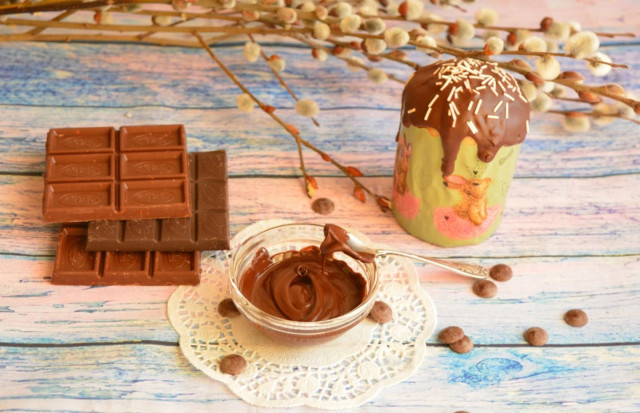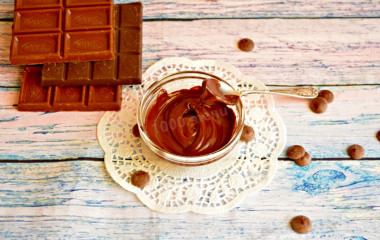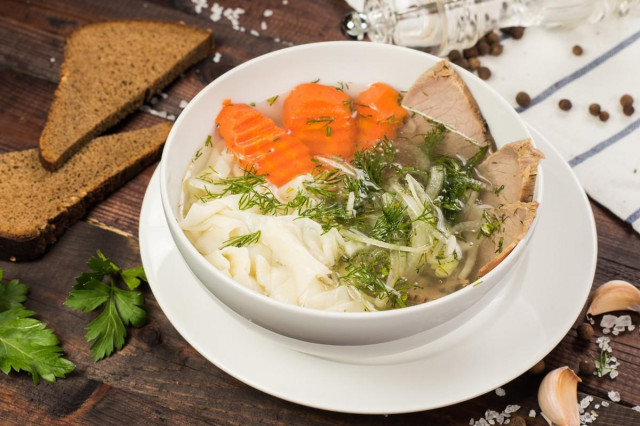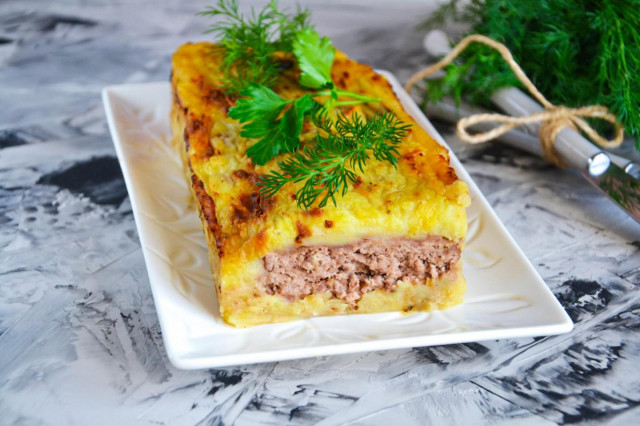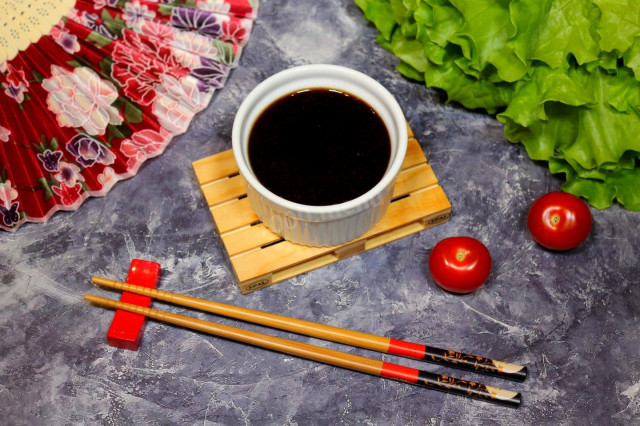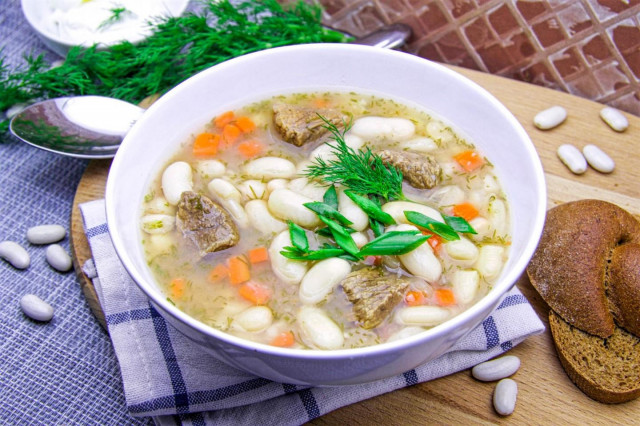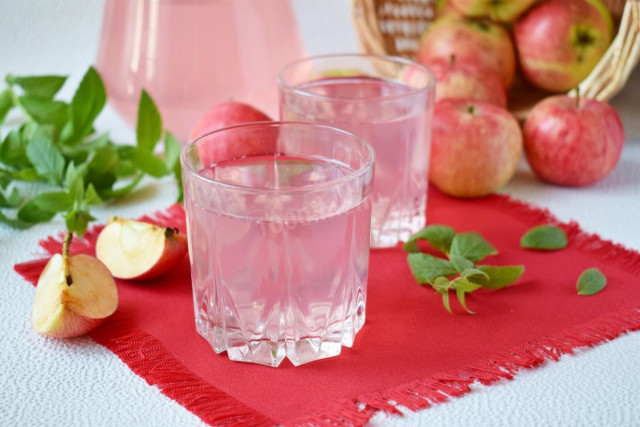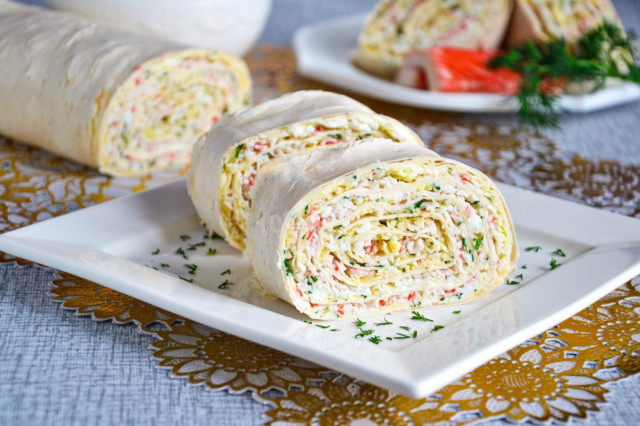Composition / ingredients
Step-by-step cooking
Step 1:
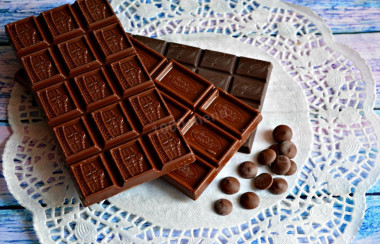
Which chocolate is better to use? If you heat a cheap tile, then you will not get a beautiful chocolate glaze. Therefore, choose a high-quality tile with a high cocoa content and without extraneous additives. Good chocolate should not contain soy lecithin. Do not buy porous chocolates or having fillers in the form of nuts, raisins and other additives. Choosing the right chocolate is not everything. The next step is the ability to melt it properly.
Step 2:
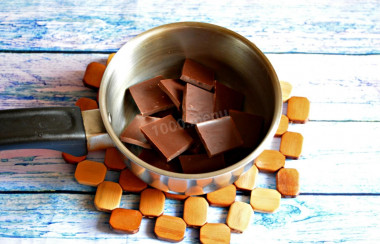
Any kind of chocolate is suitable for melting. The ideal temperature regime for melting dark chocolate is 50 degrees, while for milk and white-45. When the temperature regime is exceeded, the chocolate mixture will begin to thicken strongly. To melt the chocolate in a water bath and achieve uniformity, you need to break the tile into small pieces in advance.
Step 3:
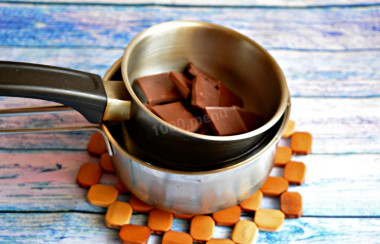
To start, we will prepare the bath itself. Pour water into a saucepan or saucepan and bring it to a boil. We select suitable dishes of a smaller size. Choose one so that you can put it on a pot of water, but at the same time so that the bottom does not touch the water. Make sure that no water (steam or condensate) gets into the mixture, this can spoil the texture of the chocolate glaze. Take only dry dishes and a spatula with which you will stir the mixture.
Step 4:
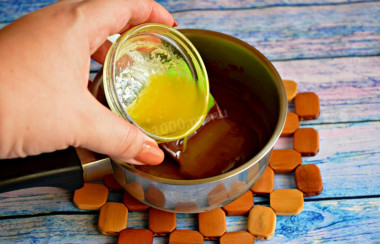
To get a liquid glaze from dark chocolate, add warm cream or melted butter to the mass in the proportion of one tablespoon for every 50 grams of chocolate. Do not stop stirring the mixture, otherwise the mass will have a grainy texture.
Step 5:
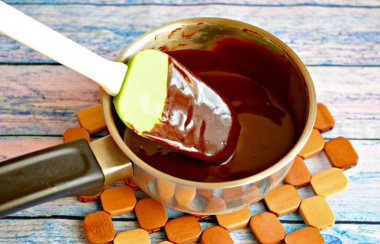
Constantly stirring the mass, we achieve a uniform texture and liquid state. In no case do not throw the mixture unattended. Do not try to dissolve the chocolate until the end: it may burn. It is better to remove it from the fire a little earlier, continuing to stir the mass with a spatula. Then the non-melted pieces will dissolve themselves.
Step 6:
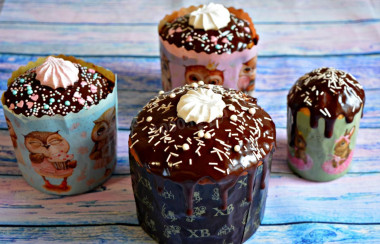
As soon as the chocolate glaze becomes homogeneous, we remove it from the stove and proceed to cover the Easter cake or any other baking.
Bon appetit!
Caloric content of the products possible in the composition of the dish
- Milk-nut chocolate - 542 kcal/100g
- Nutty chocolate - 580 kcal/100g
- Porous milk chocolate - 506 kcal/100g
- Creamy chocolate - 560 kcal/100g
- Chocolate - 550 kcal/100g
- Butter 82% - 734 kcal/100g
- Amateur unsalted butter - 709 kcal/100g
- Unsalted peasant butter - 661 kcal/100g
- Peasant salted butter - 652 kcal/100g
- Melted butter - 869 kcal/100g

